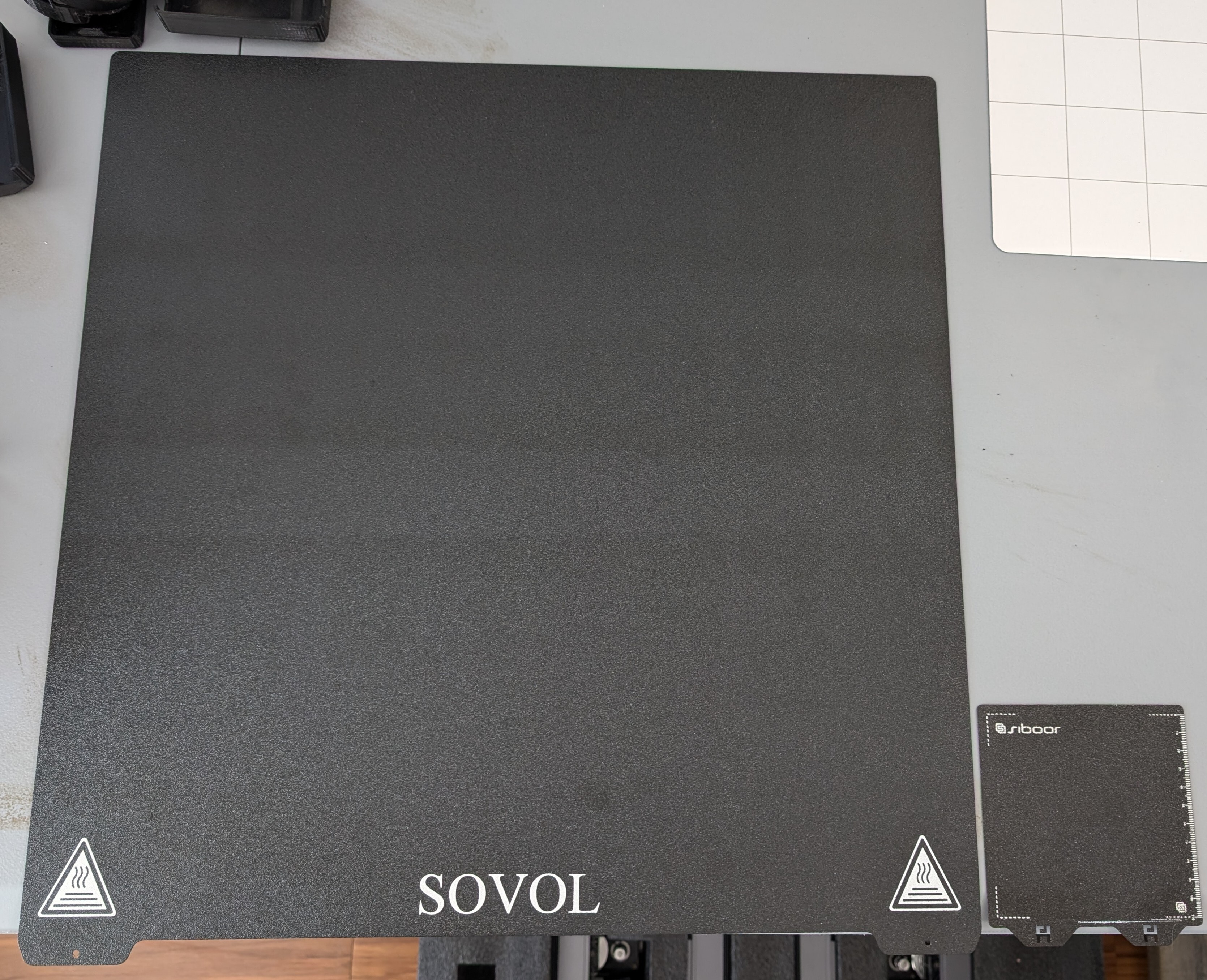I run my own instance, so supremely displeased as expected.
Meanwhile, this is Harvard University senior Shruthi Kumar, who went off script as she gave the English commencement address, slamming Harvard for denying the degrees. She read from notes that she pulled out of her graduation gown.
This should get air time. While the others walked out in solidarity together, she's putting herself on the line individually. It gives administration a name to the crowd.
Read everyone, this is hype, and Canada is being dumb on this one.
The Flipper Zero is also incapable of defeating keyless systems that rely on rolling codes, a protection that's been in place since the 1990s that essentially transmits a different electronic key signal each time a key is pressed to lock or unlock a door.
Most of this reaction is due to staged videos on TikTok and politicians not understanding technology. Maybe they'll stop a few joyriding kids, but car thiefs aren't using F0s.
Let's not let Apple sugar coat. An appropriate title:
"Apple has layoffs and shadily tries to hide it"
Hot take: The ruling is accurate.
Vote for candidates who privatize utilities. Get what you vote for.
Only sucks for those that can't leave and are stuck with a system they can't correct.
For posterity, but also for forks if the repos go down, I have created https://github.com/SimplerMobileTools and downloaded all the original repos, branches, and tags which will soon be uploaded there.
I have already got SM Gallery compiling, so thats a start, and will upload all the repos tomorrow when its not so late.
Note: Any former maintainer of SMT will be added on to SrMT upon request.
EDIT: All forks updated with notice of rationale and link to this discussion.
EDIT2: https://github.com/FossifyOrg is a soft fork created by one of the current maintainers. I will keep the hard fork up just in case.
11 million comments this month. 11 million comments from people smart enough to leave behind the other. 11 million comments, likely largely from actual humans.
Lemmy is thriving.
Posting this at top level since its burried in replies:
Fact time. You don't always die when shot, and the US is a baby factory. I can't find good stats on non-lethal gunshot, so I'll do the rest.
Verdict: Pretty accurate.
- 8.4% without health insurance (33 in 400)
- 11.5% poverty rate (46 in 400)
- 20% adults at or below literacy level 1 (80 in 400)
- 57% mental illness untreated (228 in 400) (requires math from NIH source)
References:
An important part that seems lost in this:
Yoel Roth, the company’s former head of moderation and safety who resigned in November after Musk’s takeover, posted Wednesday on the Twitter competitor Bluesky that “it’s insane to write ‘we have zero tolerance for child sexual exploitation’ while also arbitrarily reinstating accounts that share” child sexual abuse material.
Roth fled his home late last year after Musk, in tweets to his more than 100 million followers, suggested Roth had encouraged children to access adult material online, a misrepresentation of Roth’s graduate-school writing that exposed him to online harassment and death threats.
“This guy blew up my life by saying I condone pedophilia, and then he turns around and does this,” Roth said on Bluesky.
Not just number but quality. It was all memes at the start, now actual conversation is happening in more than just a few posts.
Yea the post is misleading. The community is games@lemmy.world not /c/games. That's reddit language creeping in.

First the hotdogs, now this. Go Costco management, go.